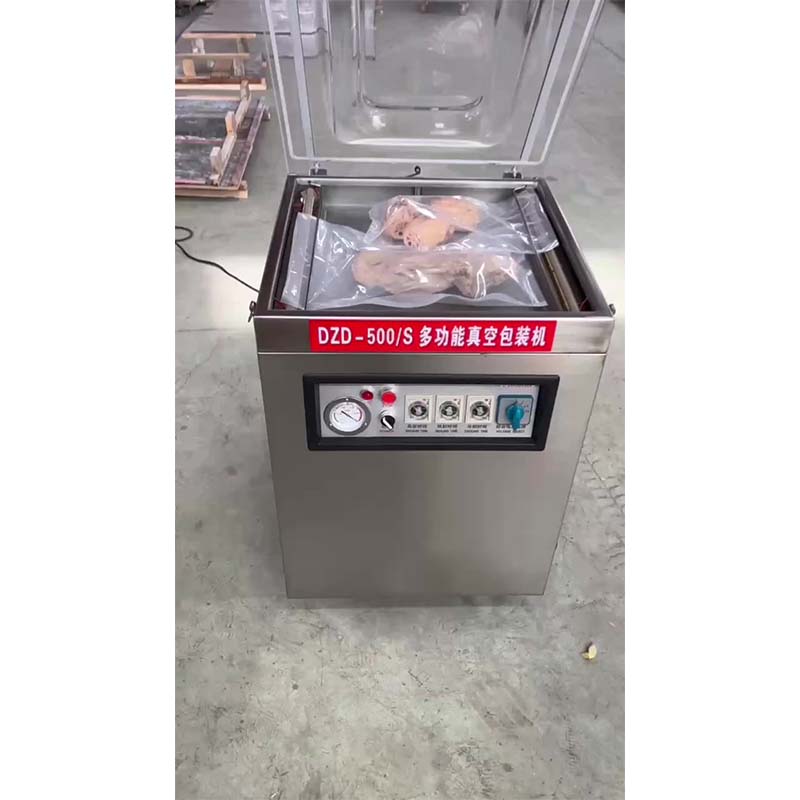Understanding the Benefits and Challenges of Broiler Cages in Poultry Farming
Sep . 30, 2024 12:15 Back to list
Understanding the Benefits and Challenges of Broiler Cages in Poultry Farming
The Role of Broiler Cages in Poultry Farming
In the ever-evolving landscape of agriculture, poultry farming has become a vital sector, feeding billions of people worldwide. Among the various methods utilized in this field, the use of broiler cages has garnered both attention and controversy. These structures provide a controlled environment for raising broilers, specifically bred for meat production. While some advocate for their efficiency and productivity, others raise concerns regarding animal welfare and ethics.
Broiler farming, characterized by the cultivation of chickens specifically for meat, has witnessed significant advancements in husbandry practices. One of the most prominent techniques involves the use of cages, which are designed to maximize space and resources while minimizing labor. Broiler cages can range from traditional designs to modern, high-tech systems equipped with climate control, feeding, and watering systems. Such advancements allow farmers to optimize growth rates and enhance the overall health of the birds.
One of the primary advantages of using broiler cages is the efficient use of space. In traditional free-range systems, chickens require a substantial amount of land to roam and forage. In contrast, broiler cages enable farmers to house a higher density of birds in a smaller area, leading to increased production without the need for large expanses of land. This is particularly important in regions where land is scarce or expensive. Additionally, by consolidating the birds in a controlled environment, farmers can closely monitor their health and adjust conditions to promote optimal growth.
Moreover, broiler cages contribute to biosecurity. By containing birds in a controlled space, the risk of diseases spreading through the flock is minimized. This is crucial for ensuring a healthy population of chickens, ultimately leading to better meat production and fewer financial losses due to illness. Additionally, cages protect chickens from predators and other environmental hazards, creating a safer breeding environment.
broiler cages

Despite these advantages, the use of broiler cages is not without its detractors. Animal welfare advocates argue that confining birds to cages inhibits natural behaviors such as roaming, foraging, and social interaction. Critics contend that such confinement leads to stress and discomfort for the animals. This has sparked a debate about the ethical implications of industrial farming practices and the standards of animal care in the poultry industry.
As consumer awareness increases, many individuals are becoming more conscious of how animals are raised in agriculture. This shift has prompted some farmers to transition towards cage-free systems, allowing birds to roam freely within barns or outdoor enclosures. Although these methods can require more space and resources, they align with a growing demand for humane treatment of animals. Consequently, farmers may need to adjust their operations to meet market expectations while still maintaining profitability and efficiency.
The poultry industry faces the challenge of balancing productivity with ethical considerations. For many producers, this means investing in improved cage designs that prioritize both efficiency and animal welfare. Innovations such as enriched environments within cages, including perches and nesting areas, aim to enhance the living conditions for the birds while maintaining the benefits of controlled farming.
In conclusion, broiler cages play a significant role in modern poultry farming, offering numerous advantages in terms of efficiency, space utilization, and biosecurity. However, the ongoing debate surrounding animal welfare and ethical farming practices cannot be ignored. As consumers increasingly demand transparency and humane treatment in food production, poultry farmers must navigate the fine line between profitability and responsibility. The future of broiler farming may depend on the industry's ability to adopt practices that satisfy both economic needs and the ethical standards of an informed public. By finding a middle ground, the poultry sector can ensure sustainable growth while fostering the well-being of the animals it raises.
-
Hot Sale 24 & 18 Door Rabbit Cages - Premium Breeding Solutions
NewsJul.25,2025
-
Automatic Feeding Line System Pan Feeder Nipple Drinker - Anping County Yize Metal Products Co., Ltd.
NewsJul.21,2025
-
Automatic Feeding Line System Pan Feeder Nipple Drinker - Anping County Yize Metal Products Co., Ltd.
NewsJul.21,2025
-
Automatic Feeding Line System - Anping Yize | Precision & Nipple
NewsJul.21,2025
-
Automatic Feeding Line System - Anping Yize | Precision & Nipple
NewsJul.21,2025
-
Automatic Feeding Line System-Anping County Yize Metal Products Co., Ltd.|Efficient Feed Distribution&Customized Animal Farming Solutions
NewsJul.21,2025






